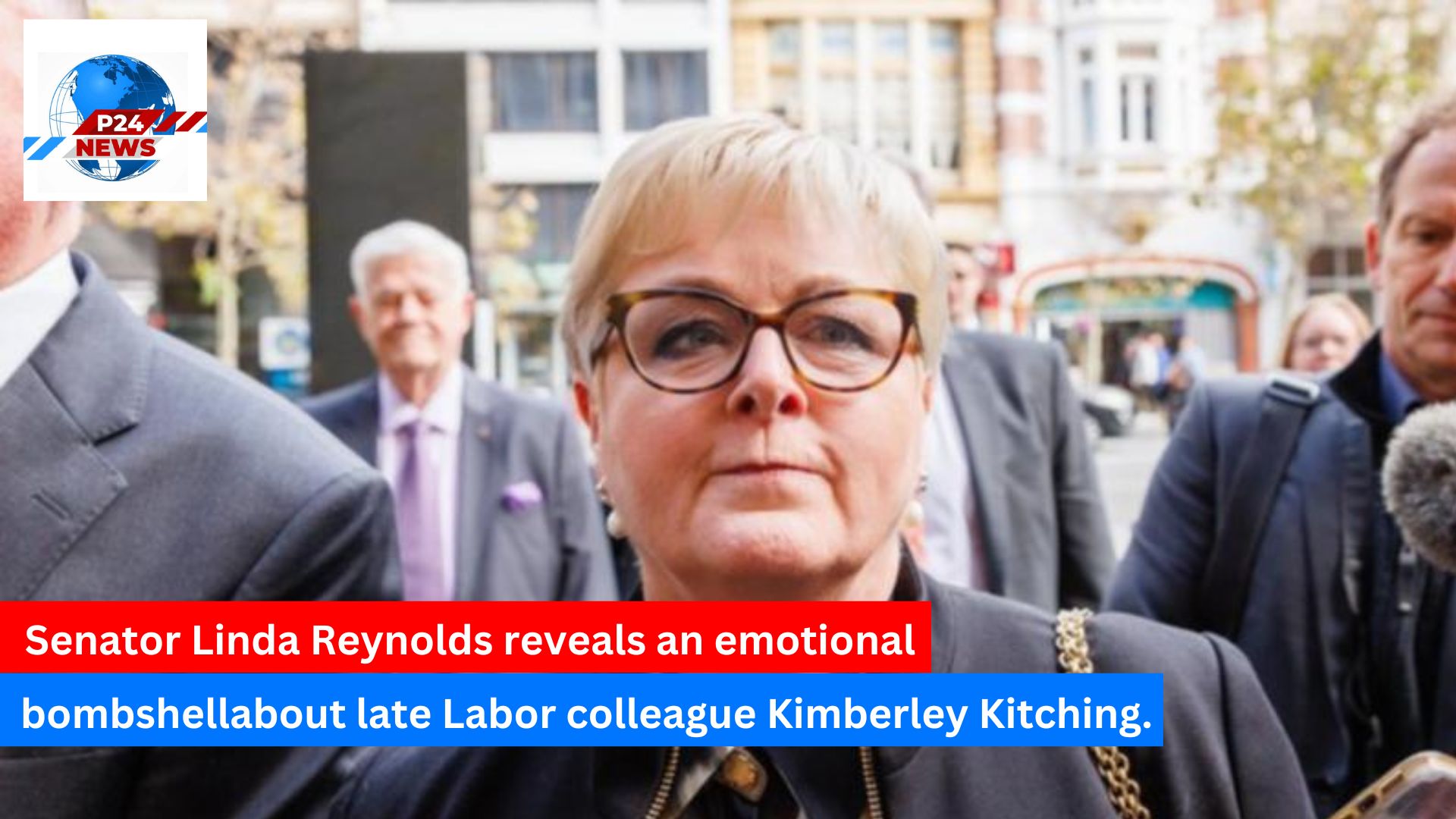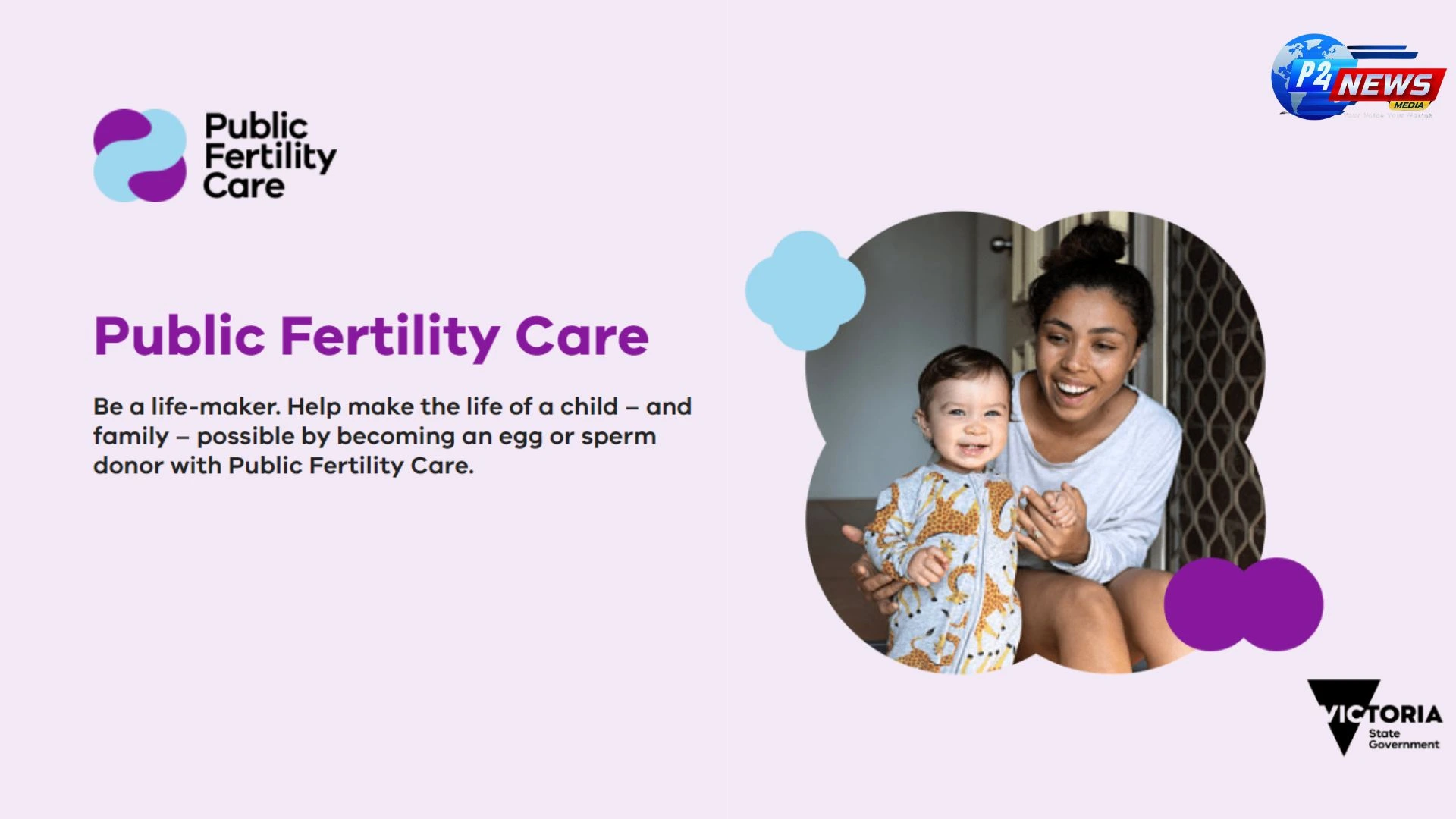As Australia's immigration landscape shifts, political tensions rise over record high migration figures, raising concerns about housing, jobs, and public resources. Discover the implications.
As Australia's immigration landscape shifts, political tensions rise over record high migration figures, raising concerns about housing, jobs, and public resources. Discover the implications.
The recent surge in immigration to Australia has sparked significant political pressures as the Albanese government grapples with net migration figures that have soared beyond expectations. With a strong labour market, a wave of incoming international students, and an influx of New Zealanders and backpackers, net migration numbers have reached unprecedented highs.
According to the latest data from the Australian Bureau of Statistics, net permanent and long-term arrivals from January to September 2024 hit a staggering 391,850. This figure surpasses the previous record of 390,580 set in 2023, highlighting the growing trend of migration to Australia. In particular, September saw a record 30,650 international students arriving, a notable increase from 24,420 during the same month last year.
With impending caps on overseas student enrolments slated to take effect on January 1, these figures suggest an urgent need for the government to reassess its migration strategies. Phil Honeywood, chief executive of the International Education Council of Australia, emphasized that the looming restrictions on enrolments are reshaping student market behavior as individuals rush to secure their positions before limits are enforced.
Despite government attempts to manage migration numbers, experts argue that the target of 260,000 net migrants for the current financial year is likely unattainable. The Institute of Public Affairs estimates that approximately 21,670 arrivals per month would be necessary to meet this goal, yet recent months have seen an average of 41,823 arrivals, indicating a significant disparity.
As the issue of migration intensifies, Opposition Leader Peter Dutton criticized the government for allowing nearly 1 million new residents into Australia since the COVID-19 pandemic while simultaneously failing to address the housing crisis, which has seen only 350,000 new homes constructed. Dutton argued that this imbalance has created social tensions and increased demand for housing amidst dwindling construction starts.
As the Coalition prepares for the upcoming federal election, they have yet to reveal how they would achieve their stricter target of reducing net migration to 160,000. However, they are expected to support the government's proposed cap on new overseas student enrolments at 270,000. Currently, there are approximately 1.1 million international students residing in Australia, many of whom are facing challenges related to housing affordability.
Many international students, such as RMIT student Emily Pham, express concern over the proposed enrolment caps, arguing that they are unjustly blamed for the housing crisis. Pham, who hails from Vietnam, highlights Australia's reputation for excellent education as a major draw for international students seeking better career opportunities.
As the government continues to implement policies aimed at managing migration, such as new visa categories for skilled workers in specific sectors, the bipartisan consensus on immigration appears to be fracturing. Coalition frontbencher Bridget McKenzie has remarked that the longstanding agreement on migration has broken down, indicating a shift in how immigration policy is framed in relation to local job markets and societal impacts.
In summary, as Australia navigates record-high migration figures amid looming political pressures and housing challenges, the conversation surrounding immigration is becoming increasingly complex, calling for a balanced approach that considers both the benefits and challenges posed by a diverse inflow of newcomers.
Like
Dislike
Love
Angry
Sad
Funny
Pray
9th Ayurveda Day in Melbourne: A Celebration of Ayurvedic Innovations and Global Health Impact
November 10, 2024Australia’s Terror Alert Jumps to ‘Probable’: What You Need to Know About the Increased Risk
August 05, 2024🍪 We Value Your Privacy and Experience Hi there! We use cookies to enhance your browsing experience, provide personalized content, and analyze site traffic. By continuing to use our site, you consent to our use of cookies.







Comments 0